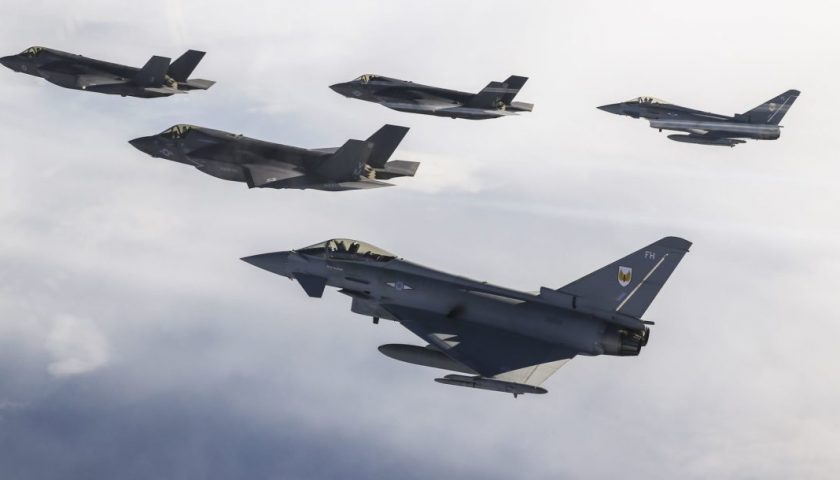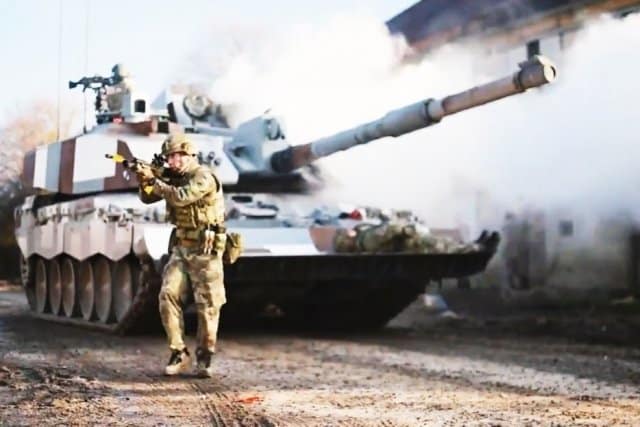Since its public release, the new British Defense White Paper flows endless streams of digital ink. In the crosshairs of most of the comments, very often hostile to the approach proposed by the conservative government of Boris Johnson, the reduction in the number and volume of forces of the British Army, which will lose 10.000 men to establish itself at 70.000 soldiers, some of its Challenger II heavy tanks and all of its Warrior infantry fighting vehicles once they reach the age limit, but also 24 Typhoon first generation of the Royal Air Force, or two Type 23 frigates of the Royal Navy, even if the latter must eventually be replaced by more recent models. This reduction in format is justified in the White Paper by the need to modernize or replace a large number of systems in service in the British armies which, like many Western armies, today find themselves having to pay for the years of past budgetary errors while the threat has rapidly intensified throughout the world.
Underlying this publication and the controversies it arouses across the Channel, and beyond the pure capability choices implemented by the British White Paper, arises the question of the optimal position of the cursor between the mass need of the armies for be able to respond to operational pressure and the challenge imposed by potential adversaries, and the need to have significant technological added value on the adversary, both to preserve its forces and to wear down the adversary, and thus thus carry the decision.

There is, in fact, nothing modern about this question. Already in ancient times, fighters sought to gain a technological advantage over their adversaries, especially when numbers were not in their favor. The great ancient strategists, like the Greek Themistocles or the Carthaginian Hannibal Barca, used equipment and units to compensate for their numerical disadvantage against the Persian or Roman armies. During the Middle Ages, some great battles were won using one-sided technologies, such as the British longbow at the Battle of Agincourt. In recent history, there is no shortage of examples either, such as the crushing of France and Great Britain in May and June 1940 by the German Army, thanks to tanks fewer in number and less powerful than those of their adversaries, but equipped with radios and acting in concert with assault aviation, or during the Israeli-Arab conflicts, during which the Israeli military very often made use of advanced technologies and superior training to compensate for their immense inferiority digital.

75% of this article remains to read,
Subscribe to access it!
The Classic subscriptions provide access to
articles in their full version, and without advertising,
from 6,90 €.
Newsletter subscription
Register for the Meta-Defense Newsletter to receive the
latest fashion articles daily or weekly

